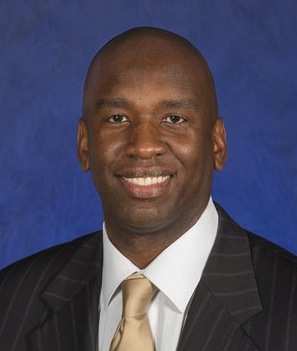-
Leadership Moments: Getting Employees Engaged
Alejandro Bodipo-Memba, OVP Management Consulting Group Inc.Sunday, May 13, 2018
"You can't build a winning culture without changing the behaviors of the individuals that make up that culture."
~ Larry Senn, founder of Senn-Delaney
Leadership is a never-ending endeavor that has to be part of your every day life. Whether with large companies or a team of one, those charged with driving results and impacting culture must understand that leadership is a full-time job.
So how does one become a transformational leader?
There is no one right answer. But, there are several tried and true ways in which people can get better at leading teams and organizations, including the act of defining what leadership means.
Leadership is often defined as "the art of motivating a group of people to act towards commons goals and objectives". This seems fairly straightforward, but somewhat general.
For many firms, having operational actions mirror company values is an intentional way to frame how behavioral shifts in individuals can be tied to performance improvements. But, getting to the point where intention meets action can be daunting for firms. Here are several things leaders of teams can do to achieve this balance:

Get agreement on your problem-solving methodology: Using established methods such as Lean Six Sigma, Hypothesis Testing, Continuous Improvement Process Design or Route Cause Analysis are just some of the approaches used to understand problems. Having a common language to tackle problems is critical to your success.
Bring outside perspectives into the discussion: This can be a difficult (and often humbling) approach for leaders, when looking to address the fixing of entrenched problems. Many business consultants believe bring outside voices into these sessions is among the most important things a leader can do. An outsider's perspective can be "instrumental in rethinking a problem quickly and properly."
Conduct a Go-and-See to observe a problem first hand: To effectively dive into problem solving (whether financial, operational or cultural), leaders must have first-hand observations to begin dissecting a problem. We sometimes like to call it "Standing in the Circle" which refers to observing an issue from one particular location over a period of time to truly understand an issue.
Develop a strategic employee engagement plan: The manner and rate at which your people grow within your organization is often the make-or-break element that determines how successful your operation will be. The creation of a strategic people plan that actively puts employees in a position to learn, improve and share must be a measurable document tied to time milestones. There also has to be active participation in the creation of said plan by members of the team, so as to encourage greater "buy in" from those are responsible for completing the activities that make your operations go.
determines how successful your operation will be. The creation of a strategic people plan that actively puts employees in a position to learn, improve and share must be a measurable document tied to time milestones. There also has to be active participation in the creation of said plan by members of the team, so as to encourage greater "buy in" from those are responsible for completing the activities that make your operations go.
Train to your company's vision: Offering team members training that reinforces your organization's values and problem-solving approaches. And it doesn't have to be directly related to their primary activity performed for the company. Training your employees to the standards and values that you set for success can help uncover hidden talents that can significant value to your operations.
Originally posted from: www.ovpconsulting.com/weekly/Tell a Friend


